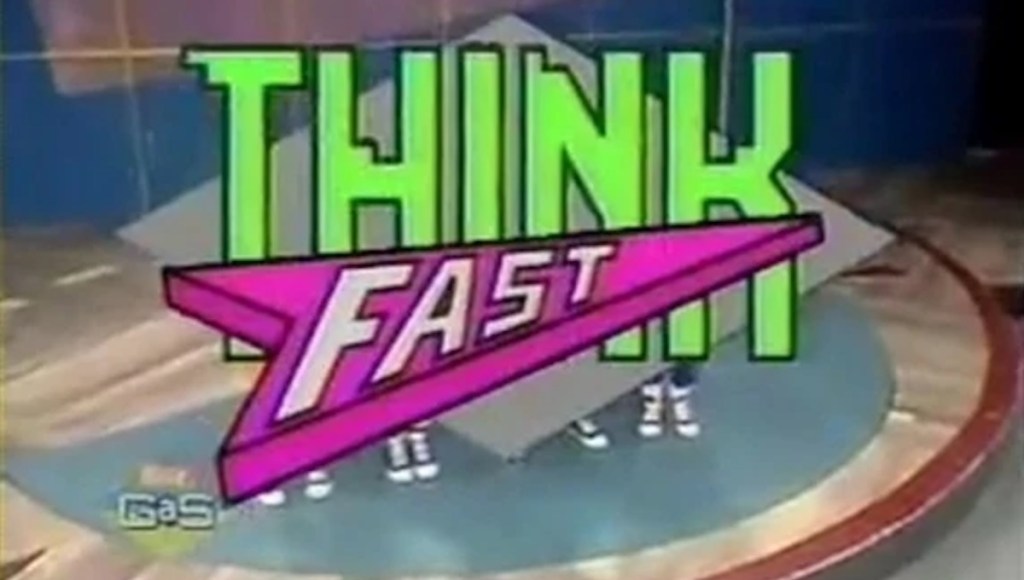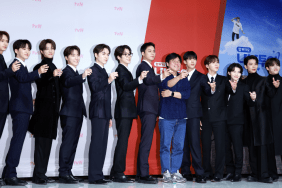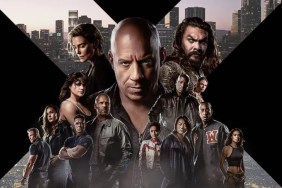In the early days, Nickelodeon found a lot of success with their game shows, especially programs like Finders Keepers and Double Dare. They wanted to move forward without rushing, figuring out what made a hit show and offering a new formula that could attract a wider audience. It was time to be smart, do something about the brain pain, and test these kids while providing another healthy dose of Edutainment, thus, they gave us this mostly forgotten gem, Think Fast.
“If you don’t have time to think twice, Think Fast!”
Premiering on May 1, 1989, Think Fast attempted to take what worked about the two previously named shows, focus it down a bit, and give the physical challenges a mental component. The result gave this series a more unique mix for the time and kept the product engaging. Young boys and girls made up two teams of duos, the Gold and Blue teams, just before the X-Men made it cool. These contestants would compete in several challenges for a chance to win cash and solve a puzzle called the Brain Bender, allowing the team with the most money at the end to try their luck in the Locker Room.
Each challenge had a physical and mental component, more complex than the standard Double Dare outing, but not as stationary as listening to Olmec tell a story and answering questions about it, like in Legends of the Hidden Temple. Nick was still under the impression that kids loved the mess, however, so many of these games featured some sort of liquid, goop, or other gross-out element. Players would dig through a birthday cake to find giant Scrabble pieces and spell out words, throw wet paper wads on a chalkboard behind the teacher in between answering trivia questions, or throw switches in a certain order to resurrect Frankenstein’s monster. There were tons of Simon-type games, usually with an additional quirk to keep things varied, like having to memorize and execute a sequence of colors, but by using paint balloons thrown at their partner, or making a disgusting set of uncles burp in the correct rotation. There was even one where the kids were blindfolded and had to identify items by simple clues and smells. Some games were even interrupted by other events, like clowns, and questions would be asked about them instead in an attempt to keep everyone on their toes.
Sometimes, contestants won by accident or just through the circumstance of being in the right place, grabbing an easy victory, while other challenges ended with both teams messing up and failing, but one doing it less spectacularly than the other. Some of the games didn’t even work as intended, one which involved the players lining up a correct phrase by matching colors on three tumblers seldom showed the answers correctly, like the crew was unable to manage the device behind the scenes.
Winning these mini-games gave teams a chance to try and figure out the Brain Bender, an image-based puzzle that was usually a celebrity that needed to be identified, close-up of an object, a rebus (images that made a phrase), or a series of items that all had a common theme. Another piece of the Brain Bender was revealed after each challenge and the opportunity to solve it was essentially worth more than winning that round, as these were worth $200 and could easily guarantee a victory or be used to mount a serious comeback. If neither team could figure it out throughout the events, it went to a type of sudden death guessing round, and if the puzzle was solved early, another more difficult one would be put up.
Victory led to the final challenge, the Locker Room, which was an area with fifteen lockers that contained seven matching pairs and one bad egg. Most of these large metal rectangles held actors dressed as wild caricatures that would yell at the kids, shoot silly string, or throw confetti, while a few of them were a set of random objects, like brightly colored shoes. When a contestant found the corresponding duo they’d run back and close the lockers to secure the point, each pair they scored granted them money for the first few and prizes if they could make it high enough. There was always the dreaded time bomb (which messed with the players’ time if not found), however, or in the second season the more preferred Red Herring, a character with no match that required a special cord to be pulled to send them away.
Some teams made this final test look too easy, figuring out that the best strategy was simply to unlock as many lockers as fast as they could, with the only concern being the rogue elements (time bomb and herring). The only teams that seemed to underperform here were those that were easily confused by all of the sights and noises or kids that weren’t good at slapping the buttons quickly enough. A few instances even made it look like the participants were moving faster than the lockers could keep up with, and I think they just gave it to them a couple of times because the contestant technically hit every locker.
Many game show aficionados will be quick to note a lot of similarities between Think Fast and Classic Concentration for the mental side of things, but with a stronger kid focus, of course. It’s hard to deny, and in many ways, those are the aspects that work the most for this program.
I’m sure the money was nice, but the prizes were certainly varying in quality. There were a few practical ones considering the target audience, but sometimes they were a little odd, like the skateboard that had a built-in radio or that gumball machine that was also a phone (okay, I’d still take one of those for a conversation piece). Also, it was Nickelodeon, so there were trips to Space Camp too.
The challenges weren’t always the most engaging, but the music by Edd Kalehoff certainly boosted interest. Think Fast’s theme isn’t as instantly recognizable as many others of that era, but it is energetic and catchy, getting viewers into the show for sure.
Pulling the audience in is also the responsibility of the host. Think Fast was presided over by Michael Carrington in the first set of episodes and Skip Lackey for the rest. Carrington had a good presence about him, a subtle charisma that shined through when interacting with the contestants, and he was seen as smart and funny, especially with those facial expressions. He went on to do some work on The Simpsons as well as become a producer for several hit shows after this. Lackey is the more notable host, the one people tend to recall often (I remember him from the Jim Carrey movie Once Bitten), as he had higher energy and wore crazy shirts, but he’s also less liked. Both hosts can be seen messing up and stumbling, but Lackey does it much more often, always having to reference his cards, and there are a few times when he legitimately seems lost or has to start over, giving him this awkward quality.
Season one’s run of 64 episodes was filmed in Philadelphia, shooting four episodes a day, with a studio setting that I loved because of how shallow and blank it felt at times. It was a lesson in using limited space and editing to hide set changes, with less décor and these flimsy-looking tennis ball yellow stands for the audience (cleverly using local middle school students as the crowd) that felt so odd. The second set of episodes was produced at Universal Studios in Orlando and featured a much bigger sound stage that did more with the school motif, and the larger area meant cameras had to cut less.
Think Fast aired on Saturday mornings at 11:00 AM in most areas, acting as a perfect transition show from cartoons to more live entertainment that kids would still watch. In re-runs, it became a temporary hit in after-school programming and had an extended life through re-airing on Nickelodeon GaS (Games and Sports). There’s a little bit of a debate on how many episodes Think Fast has, as some places reported that there were 45 episodes produced for season 2 (like The Tampa Tribune), but it seems there is more evidence that only 41 of those were actually made. This is complicated by the lack of complete guides for this show, and some places aren’t even close. For a while, though, many of these episodes were uploaded to YouTube, and tape trades were happening to try and help people make a complete series, but that seems to have been difficult. A third set of episodes was apparently in the works and most likely entered pre-production, with some evidence that auditions were even held, but then Think Fast was eventually dropped for other programs of the same type. Sadly, there’s little information about the end of the show out there.
Revisiting Think Fast was excellent, a series that brings me back to a simpler time and getting to see one of the building blocks that led to some of my favorite ‘90s game shows. I get why it isn’t as popular as some of the others, it was like a child still learning to walk, but the potential was shining through. This one doesn’t need a reboot necessarily, but maybe we can take some of those ideas and recycle them, put a little brain power back into our entertainment.










